1. Vibrations While Driving
One of the most common signs of a failed U-joint is noticeable vibrations while driving. These vibrations usually increase with speed, and they may become more pronounced when accelerating or decelerating. You might feel the vibrations in the floorboards, seats, or steering wheel. The source of these vibrations is typically a worn-out U-joint that’s no longer properly connecting the drive shaft to the differential, resulting in an uneven transfer of power.
2. Unusual Noises
Another clear indication of a failed U-joint is the presence of unusual noises. These can manifest as clunking, squeaking, or grinding sounds, often when shifting gears or while in reverse. The noise usually becomes more noticeable when you accelerate, especially under load. This happens because the U-joint is no longer able to rotate smoothly due to wear or damage. The sound is typically more pronounced when the vehicle is under strain, like when turning or driving up a slope.
3. Difficulty Turning or Shifting
If the U-joint fails, it can lead to difficulty turning or shifting gears, as the connection between the driveshaft and axle is compromised. You might notice jerking or erratic movements, especially when trying to change directions or accelerating. This issue arises because a damaged U-joint no longer properly transfers torque, affecting the smooth operation of the drivetrain. In severe cases, you might feel a noticeable loss of power when turning or a sudden jerking motion.
Preventing Further Damage
If you notice any of these symptoms, it’s crucial to address the issue as soon as possible. Ignoring a failed U-joint can lead to more severe damage to your vehicle’s drivetrain. A failed U-joint can damage the driveshaft, differential, and even other components in the powertrain. Regular vehicle maintenance, such as lubrication and inspections, can help prevent U-joint failure.
When to Replace a U-Joint
Typically, a U-joint will need to be replaced if there are noticeable signs of wear, such as excessive vibration or noise. It’s also a good idea to replace the U-joint if you experience difficulty with shifting or turning. If you’re unsure, a professional mechanic can inspect the U-joint and let you know if it needs to be replaced to avoid further complications.
Conclusion
Being able to identify the symptoms of a failed U-joint early on can save you from expensive repairs down the road. Vibrations, unusual noises, and difficulty turning or shifting are all key signs that your U-joint may need attention. By keeping an eye out for these symptoms and addressing any issues early, you can ensure your vehicle continues to operate smoothly and safely.

 English
English Español
Español 中文简体
中文简体

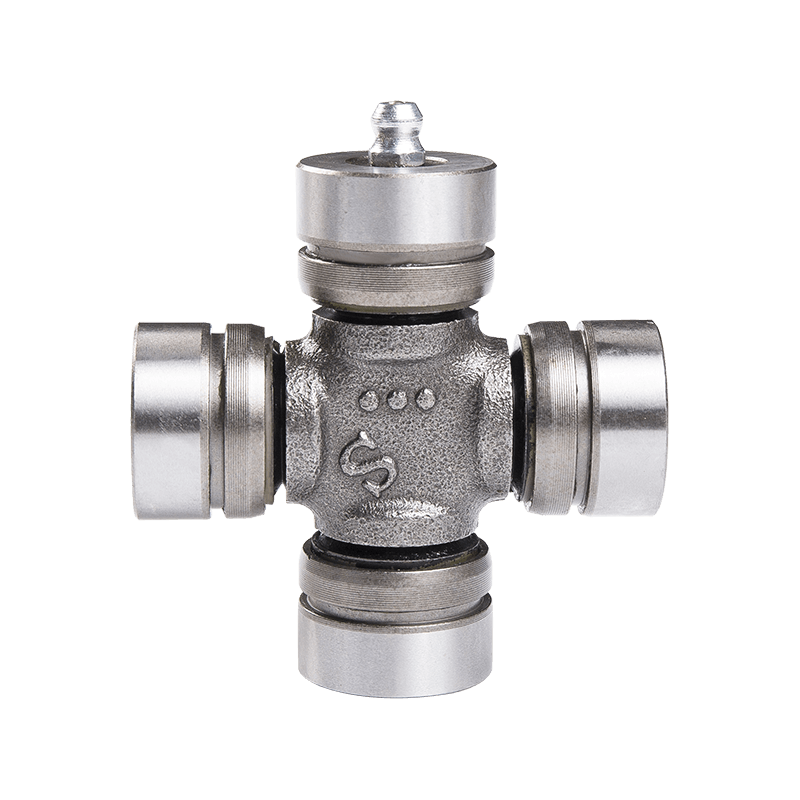
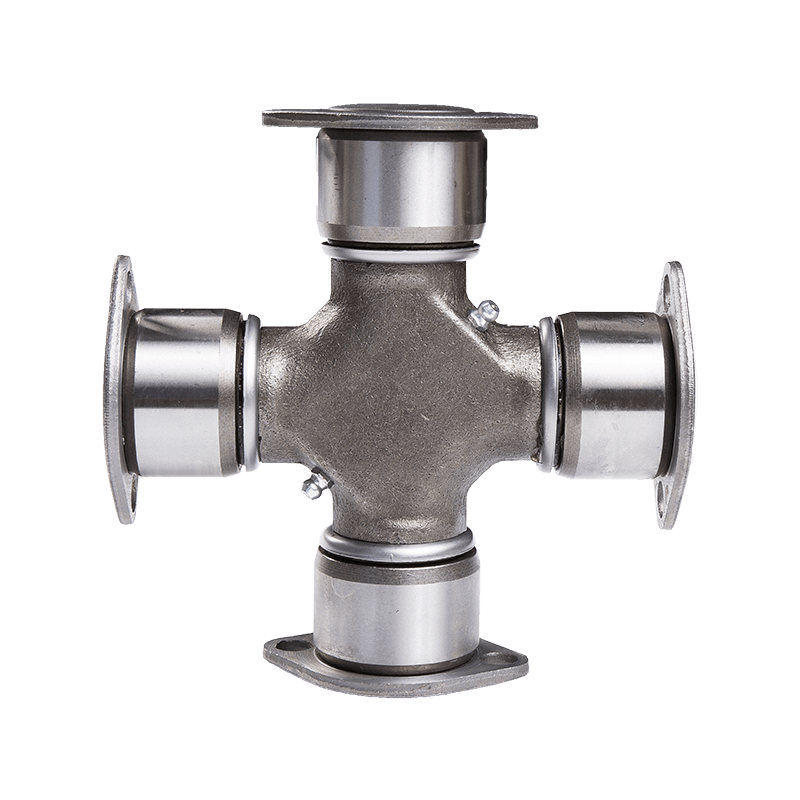
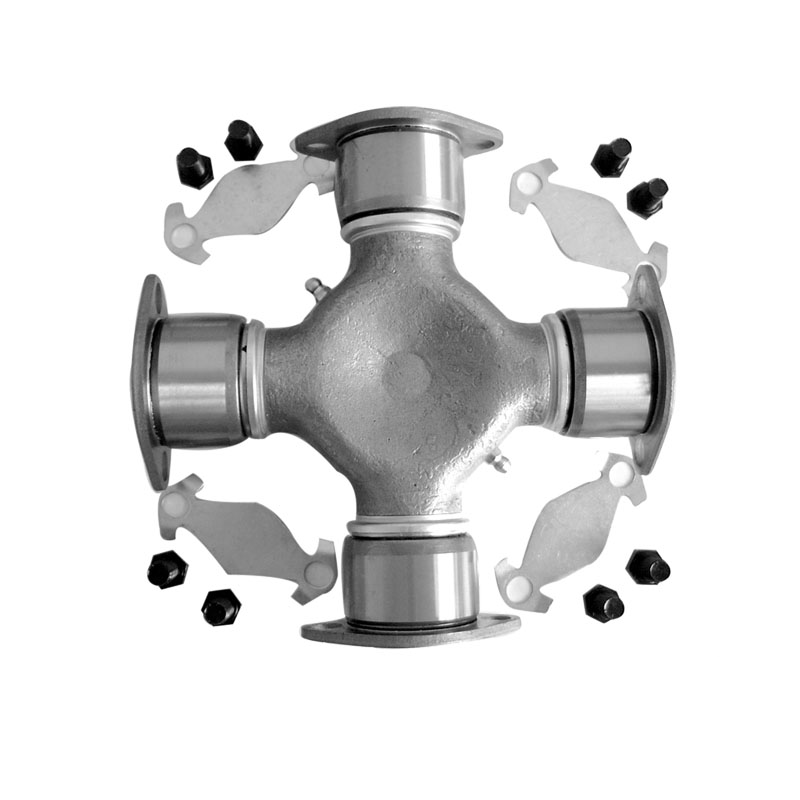
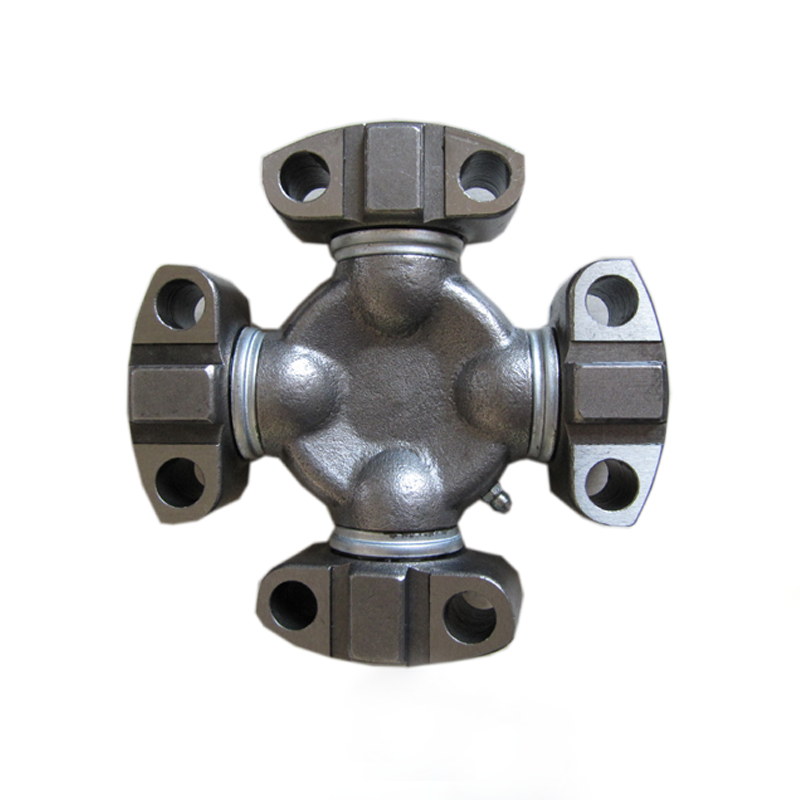
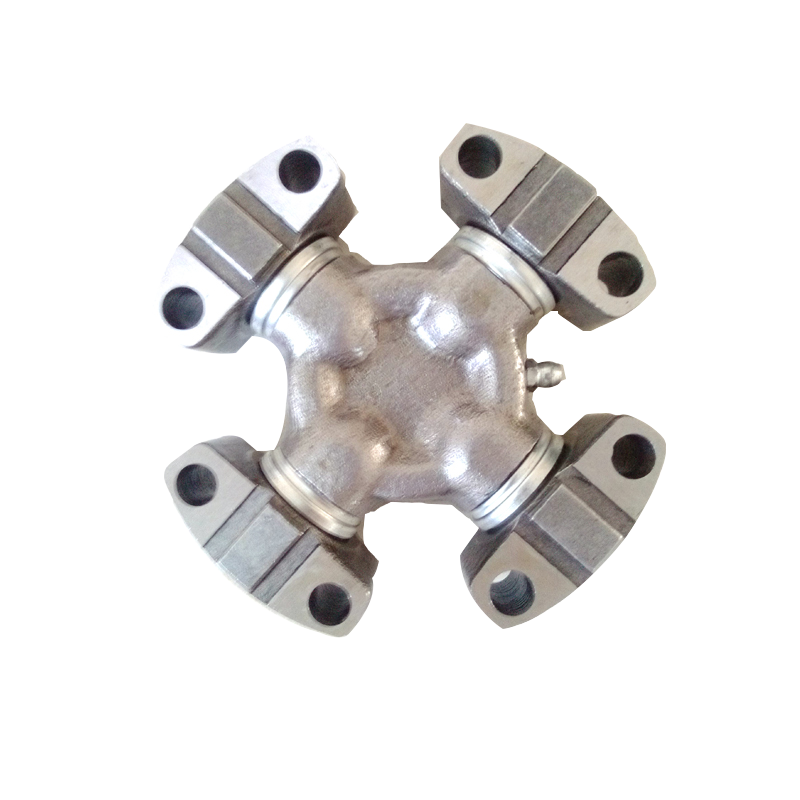
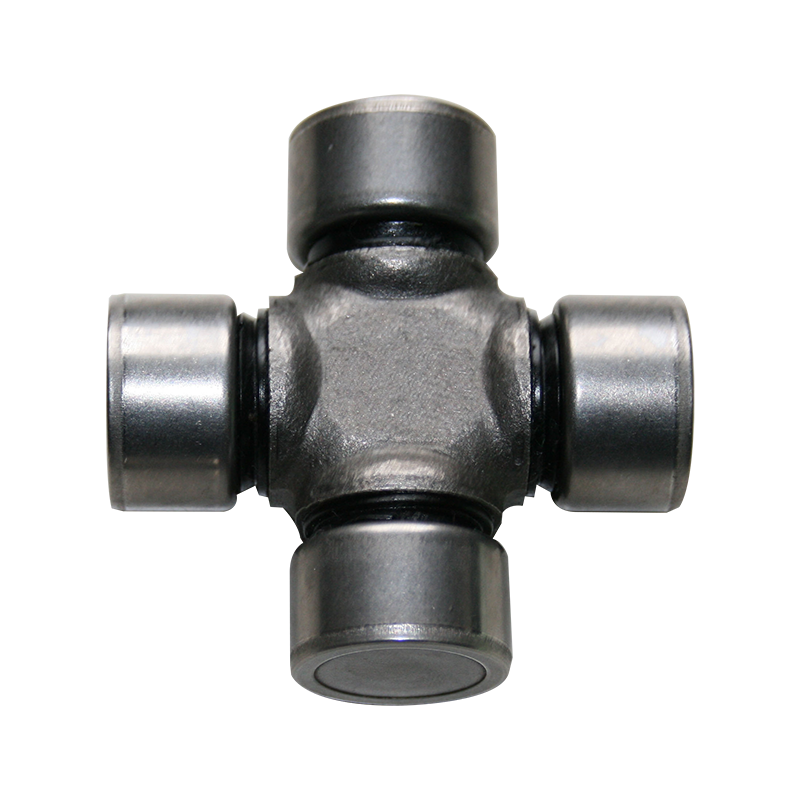
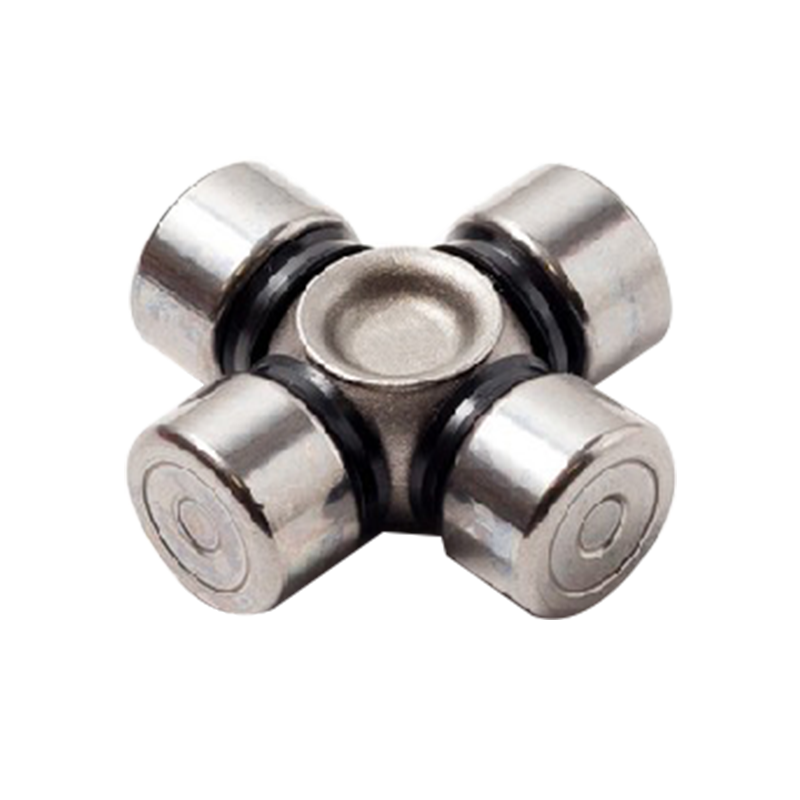
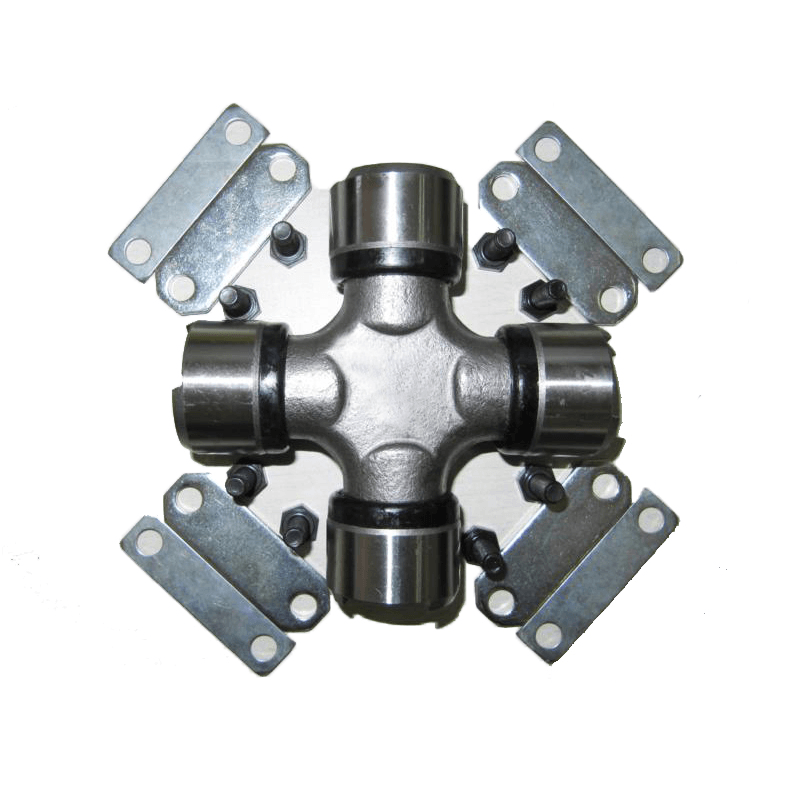
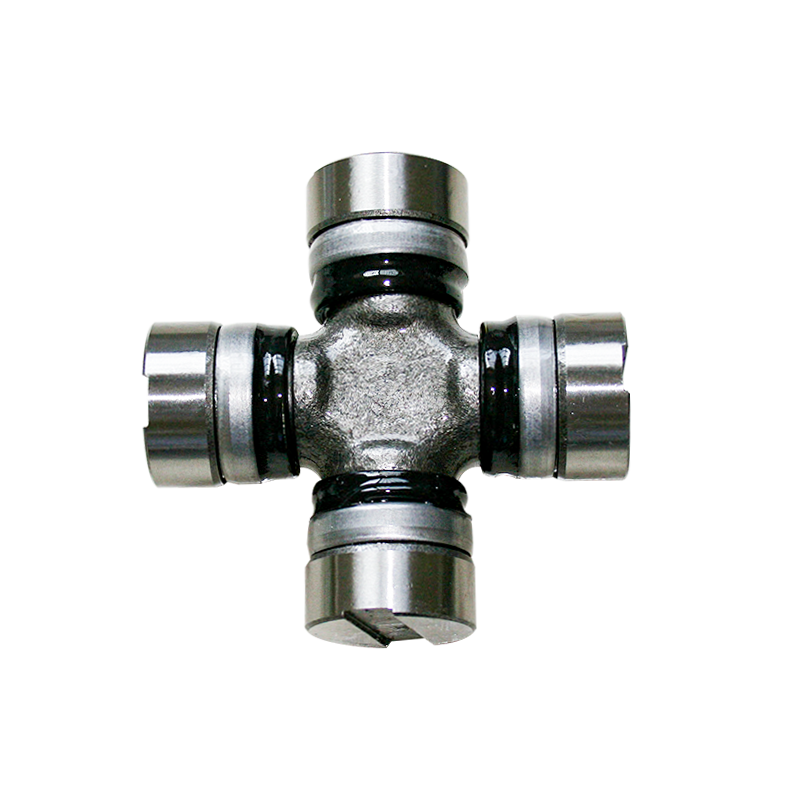
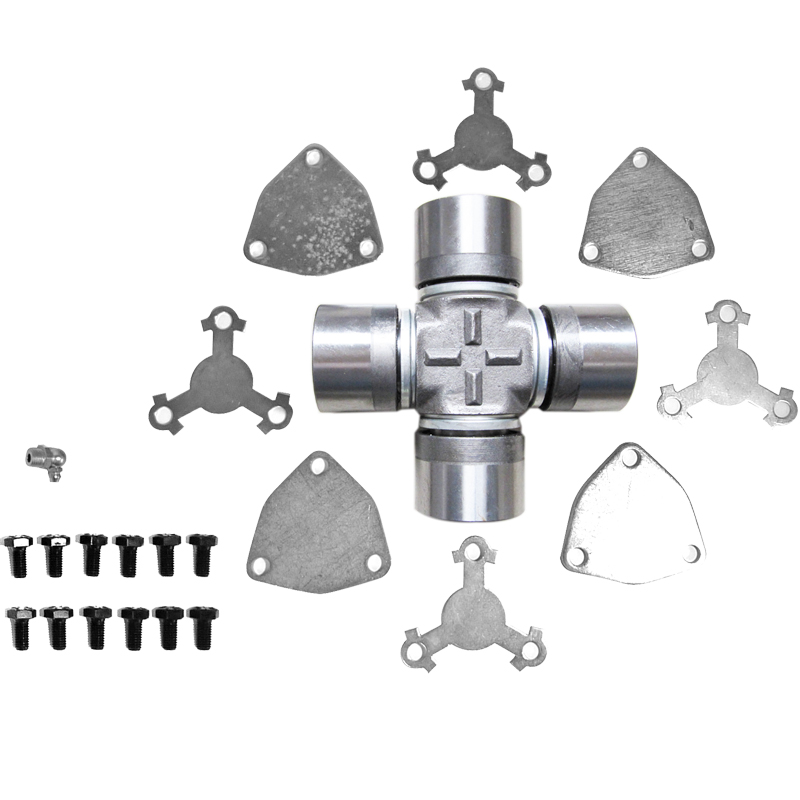
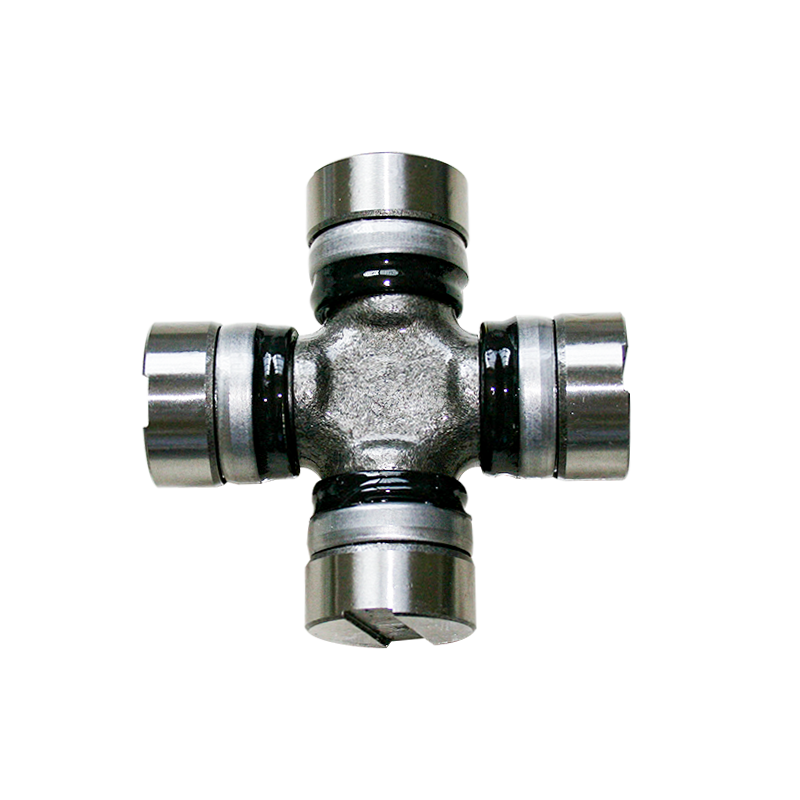

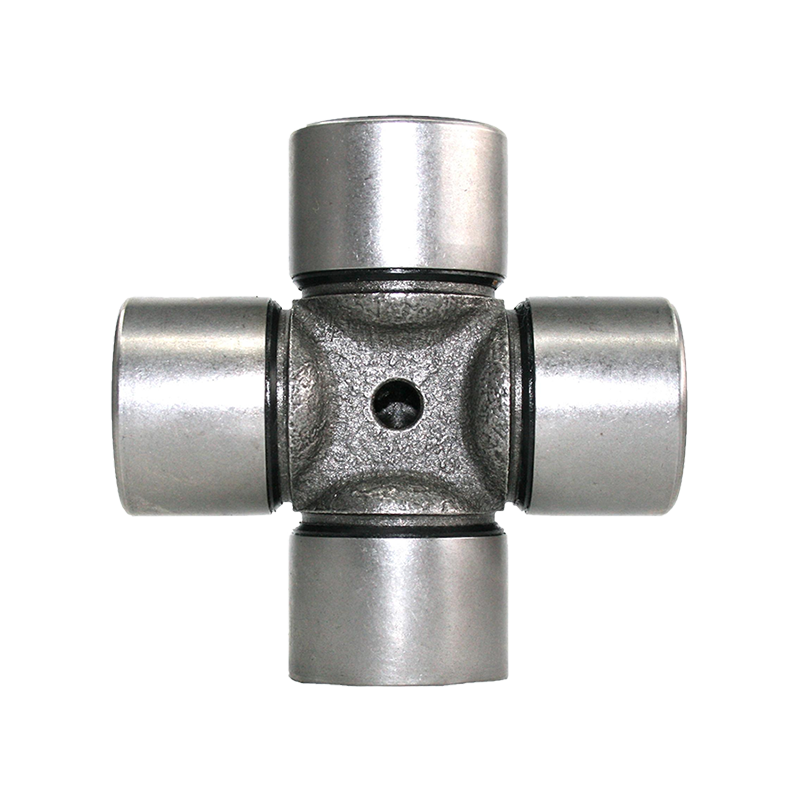
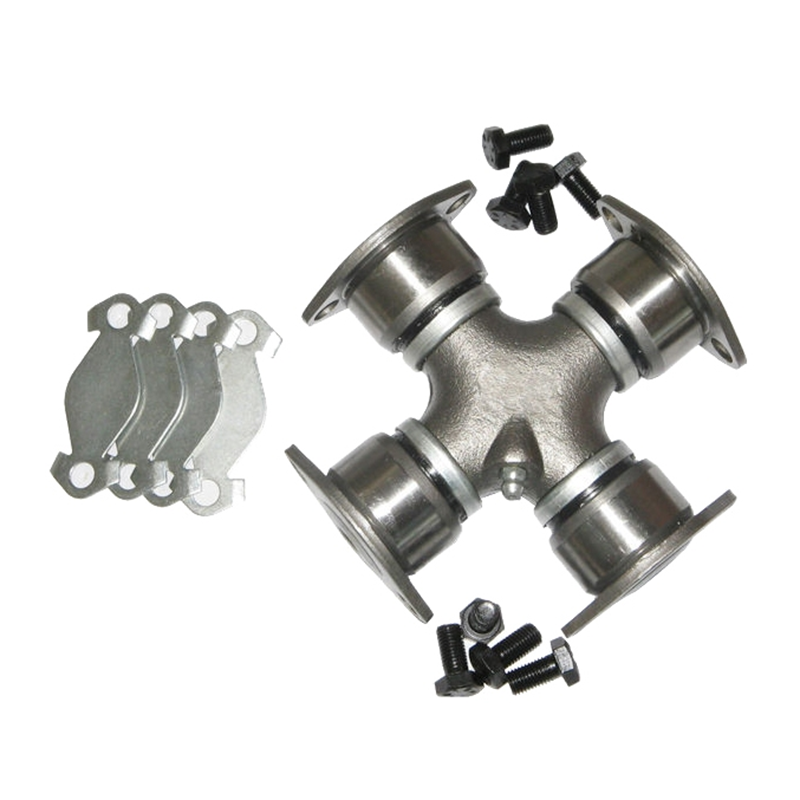


Contact Us